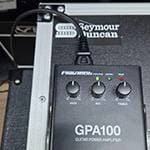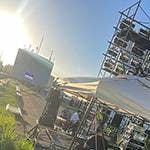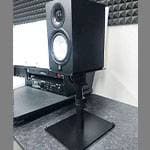Effects pedals are connected between a guitar and an amp to create a variety of tones. There are so many different types of effects pedals to choose from that it can be difficult for first-time players to know where to start! So, this time I would like to introduce my own way of choosing an effects pedal.
I hope this helps you to choose better effects pedals. Please stay with me until the end!
First of all, there are so many different types of effect pedals. If you are a beginner, you may first feel overwhelmed by the sheer variety and feel that you do not know what to do... For more information on the different types of effectors and the basic effects of each, please refer to the Sound House's HOW TO page!
⇒ How To Connect Effect Pedals and the Order | From Spatial System to Correction System
The First One is a Distortion Type!
First of all, you may be wondering what to get for your first pedal. If you have a clear image of the sound you want to create, you may not have any doubts, but if you just want to have one effect pedal for now, I think it is a good idea to get a distortion pedal.
Personally, I think the character of a guitar sound is mostly influenced by distortion. I think it would be fun to start by selecting a basic overdrive pedal and find out what kind of sound you like when you set it up! My first purchase was an overdrive pedal. I was very impressed when I connected it and the sound became louder and thicker. At the same time, I became interested in connecting various other effect pedals. Distortion effect pedals can create a very wide range of sounds by connecting several types of pedals and using them at the same time. As you experiment with different combinations, you will find your own unique sound and become more and more attached to your effect pedals!
You can check out the distortion pedals available at Sound House here!
⇒ Overdrive/Booster List
⇒ Distortion List
Please refer to the following blog for specific models recommended for beginner players!
⇒ [2024 Latest Edition] [A must for students!] 10 effect pedals for guitar beginners!
Spatial System!
After trying distortion pedals, I think it would be fun to get a spatial pedal. The two main types of spatial effect pedals are reverbs and delays.
Reverbs are effect pedals that make sounds resonate. You can imagine sounds echoing in a bathtub or a large hall. It is an effect pedal that creates an expansive sound like that. In contrast, a delay pedal creates an effect like an echo, hi-de-ho.
Applying a spatial effect to a sound that has been made more powerful by distortion will definitely make it a cool guitar with more presence. Reverbs makes it harder to notice small mistakes, so I like to keep it on all the time for a sense of security (lol).
Please refer to the blog post I mentioned earlier for recommended models.
You can check out the spatial effect pedals available at Sound House here!
Let's build an effects board!
If you have one overdrive and one distortion pedal from the distortion pedals introduced so far, plus one reverb and one delay from the spatial pedals, I think you will be able to create an excellent effects board! There are a variety of sizes available, but I think you will be fine just selecting one you like.
⇒ List of Cases for Effect Pedals
There are a few things that should not be forgotten in creating a board.
- Velcro
- Patch Cables
- Power Supply
First is the Velcro, which is simply needed to secure the effect pedal to the board. Cut it to just the right size and stick it to the effect pedal.
Next is the patch cable. These are used to connect effect pedals lined up next to each other. Using patch cables allows you to line up effect pedals very neatly, so make sure you have the required number of cables.
A power supply allows you to drive multiple effect pedals at the same time! There are various types available, but choose one while checking the current capacity, drive voltage (9V, 12V, or 18V), and polarity (center minus or center plus). In particular, supplying power at 18V to a 9V-driven effect pedal may lead to malfunction. Be absolutely sure to check before connecting!
This is a brief introduction on how to choose a guitar effects pedal and how to make an effects board. I doubt there is a right answer to choosing an effect pedal, so it is fun to freely look at different models! I hope this blog will help you enjoy choosing effect pedals.






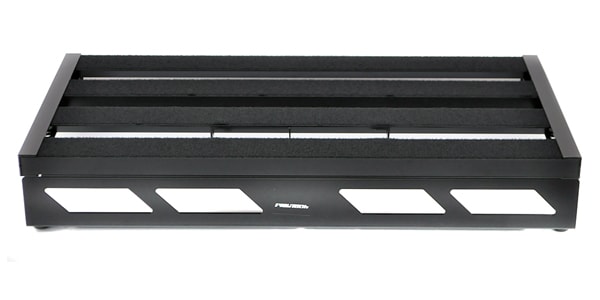
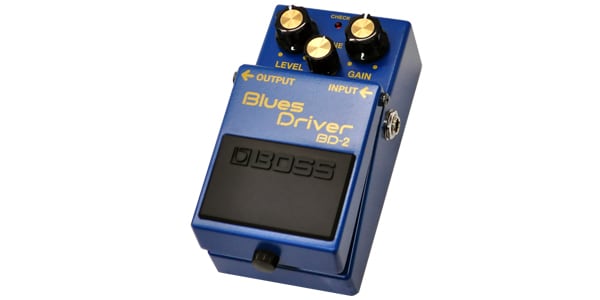
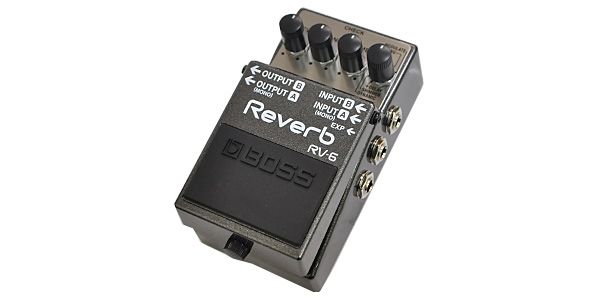
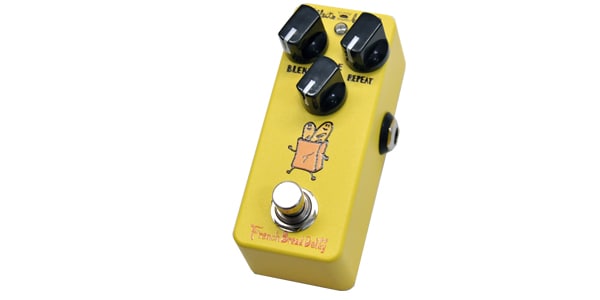
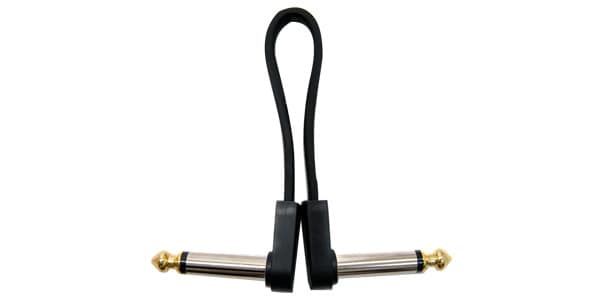
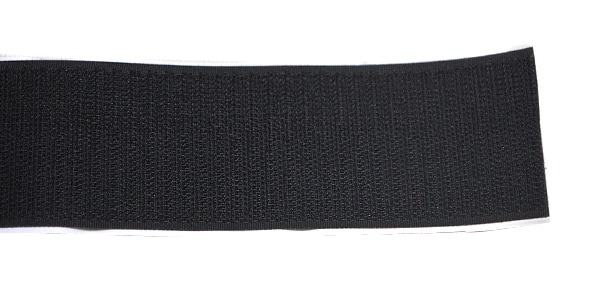
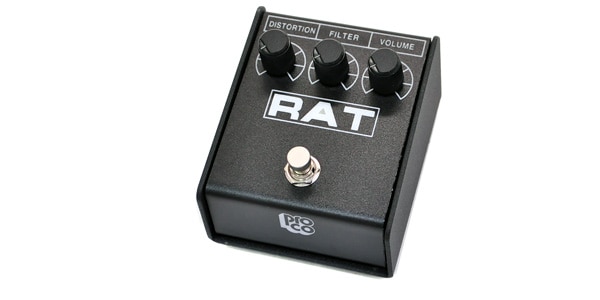

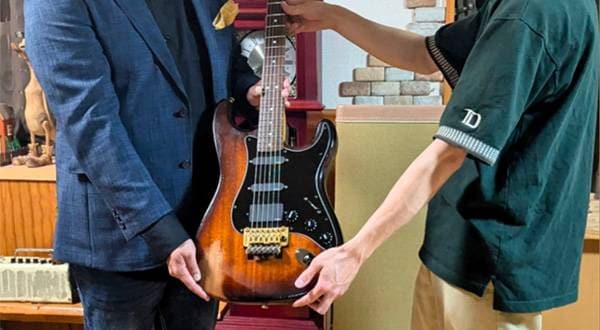
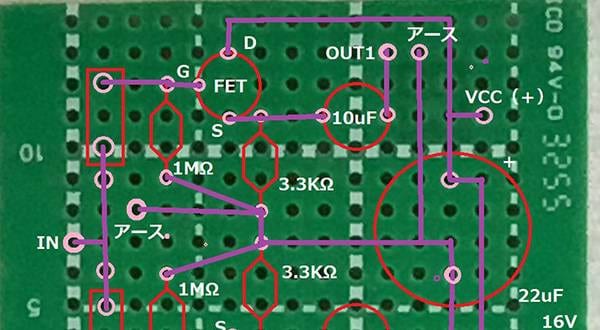
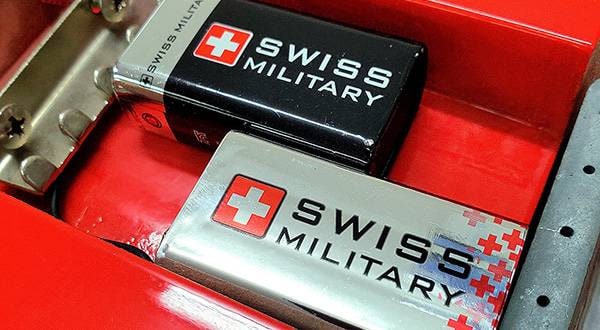

![[2025 Latest Version] 8 Recommended Reverb Effects Pedals!](/contents/uploads/thumbs/2/2023/8/20230801_2_23473_1.jpg)
![[Latest for 2025] 5 Recommended Guitar Multi-Effects Pedals for Beginners](/contents/uploads/thumbs/2/2023/7/20230719_2_23355_1.jpg)
![[New for 2025] Top 10 Recommended Overdrive Pedals!](/contents/uploads/thumbs/2/2022/8/20220801_2_18812_1.jpg)
![[Latest for 2025] The 10 Best Effects Pedals for Guitar Beginners!](/contents/uploads/thumbs/2/2022/5/20220526_2_18129_1.jpg)
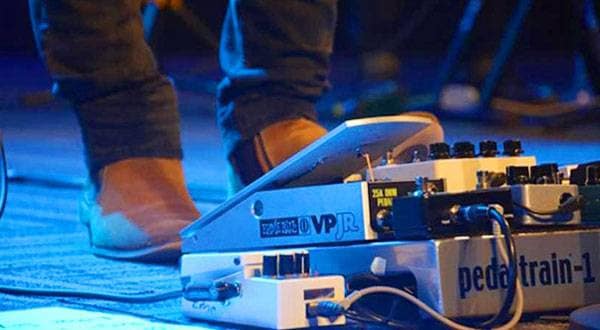
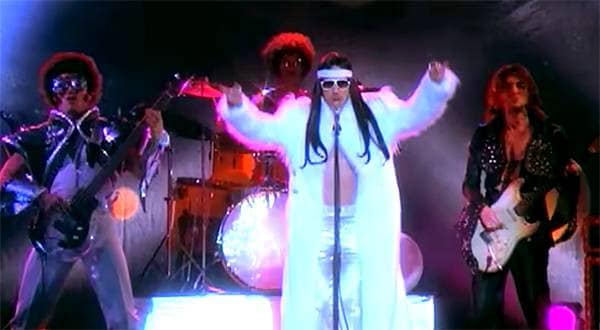
 【初心者向け】エフェクター講座
【初心者向け】エフェクター講座
 あなたのエフェクターボード見せてください
あなたのエフェクターボード見せてください
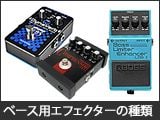 ベース用エフェクターの種類
ベース用エフェクターの種類
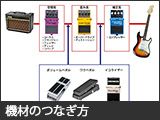 エフェクターのつなぎ方
エフェクターのつなぎ方
 エフェクターの種類
エフェクターの種類
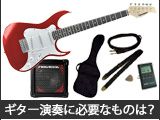 ギター演奏に必要なものは?
ギター演奏に必要なものは?
